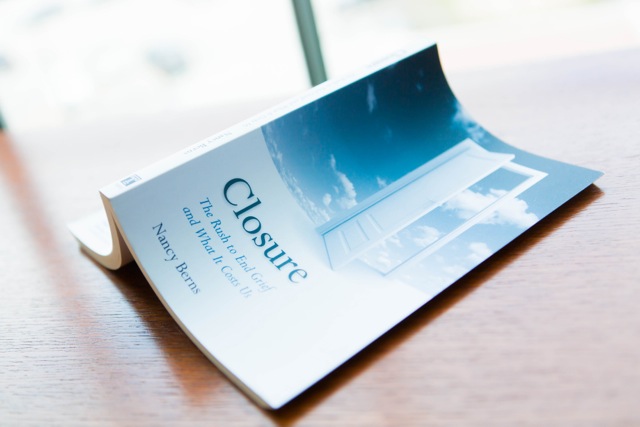On the day of the Iowa Caucus, Rick Santorum is getting some unexpected attention thanks to Alan Colmes. The day before, Colmes said that people would soon learn about the crazy things Santorum has done “like taking his two-hour-old baby when it died right after childbirth home and played with it so that his other children would know that the child was real.”
Colmes received a lot of flak for his comment and subsequently apologized to Rick and Karen Santorum. Obviously, politics is involved in Colmes’s comment, but it also reflects a public dispute about mourning dead babies.
And this is not the only recent national debate about a family’s grief.
A few weeks ago, Jim Bob and Michelle Duggar, the family of TLC’s show 19 Kids & Counting, grieved a miscarriage. They named their baby Jubilee Shalom and had the professional organization, Now I Lay Me Down to Sleep, take pictures.
I’m not going to go into the drama surrounding the Duggar family. Yes, some of the responses had to do with questioning the motives related to their television show. But that is not the only issue here.
Responses to the pictures ranged from outrage to understanding. Some sites blurred the “controversial” pictures or had people go through several links in order to protect people from seeing the photos. They were professional portraits of tiny fingers and feet. A glimpse at life lost.
Taking pictures of stillborn or miscarried babies is a way to remember a child, to know that the child was real. Pictures are a way to share with others who may only later be able to see the precious life. Having other people hold a stillborn baby is also a way to share this life.
Why are some people so squeamish about how parents choose to grieve the loss of a child? Many critics acknowledge that they have never lost a child. People often think they know how they would act in the same situation. But you do not know what it is like to lose a child, until it happens.
 In generations past, families took care of their dead. In the Victorian era, pictures of dead people were common. Because photos were rare, having a portrait of a dead person may have been the only chance to keep an image of a loved one. Even today, sometimes pictures of a dead baby are the only photos of a child you will have.
In generations past, families took care of their dead. In the Victorian era, pictures of dead people were common. Because photos were rare, having a portrait of a dead person may have been the only chance to keep an image of a loved one. Even today, sometimes pictures of a dead baby are the only photos of a child you will have.
In the 20th Century, professional funeral homes became the dominant way of caring for our dead—moving our society away from families taking care of deceased loved ones in the private home.
When professionals take our deceased loved ones away, almost immediately, most people do not have the opportunity to see, let alone care for, a dead body before it is embalmed and made to appear “more natural.” So when others choose to keep a lifeless body with them longer than what has become the norm, people question the behavior. Some get squeamish and feel better when criticizing those grieving.
A small home funeral movement is bringing back the option of caring for dead loved ones in the home. There are a growing number of advocates, or as some call themselves, death midwives, around the country willing to shepherd families through a home funeral. But most people will continue to use the services of a funeral home.
I am not saying we should force people to take care of their dead loved ones. There are concerns about the funeral industry, but I will save that for another time. However, it is to our detriment when we take away people’s options for how to grieve, how to care for a loved one who has died.
Grieving for dead babies has additional problems. The politics of abortion have tempted some people to forget that there is a life there. This rhetoric makes it difficult for people to understand the crushing grief that follows when a baby is miscarried or stillborn.
In a society that sees a record number of dead bodies on TV or on the movie screen, most people are still not prepared to see an actual dead body. Yes, it is hard and sad. But there are also important opportunities for grieving and healing connected to the care of deceased loved ones.
It is sad commentary on our culture when we are entertained with images of fake dead bodies, but criticize those who love and photograph real dead bodies.

Leave a Reply